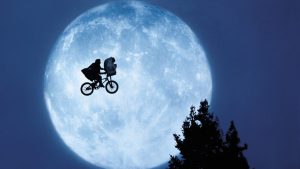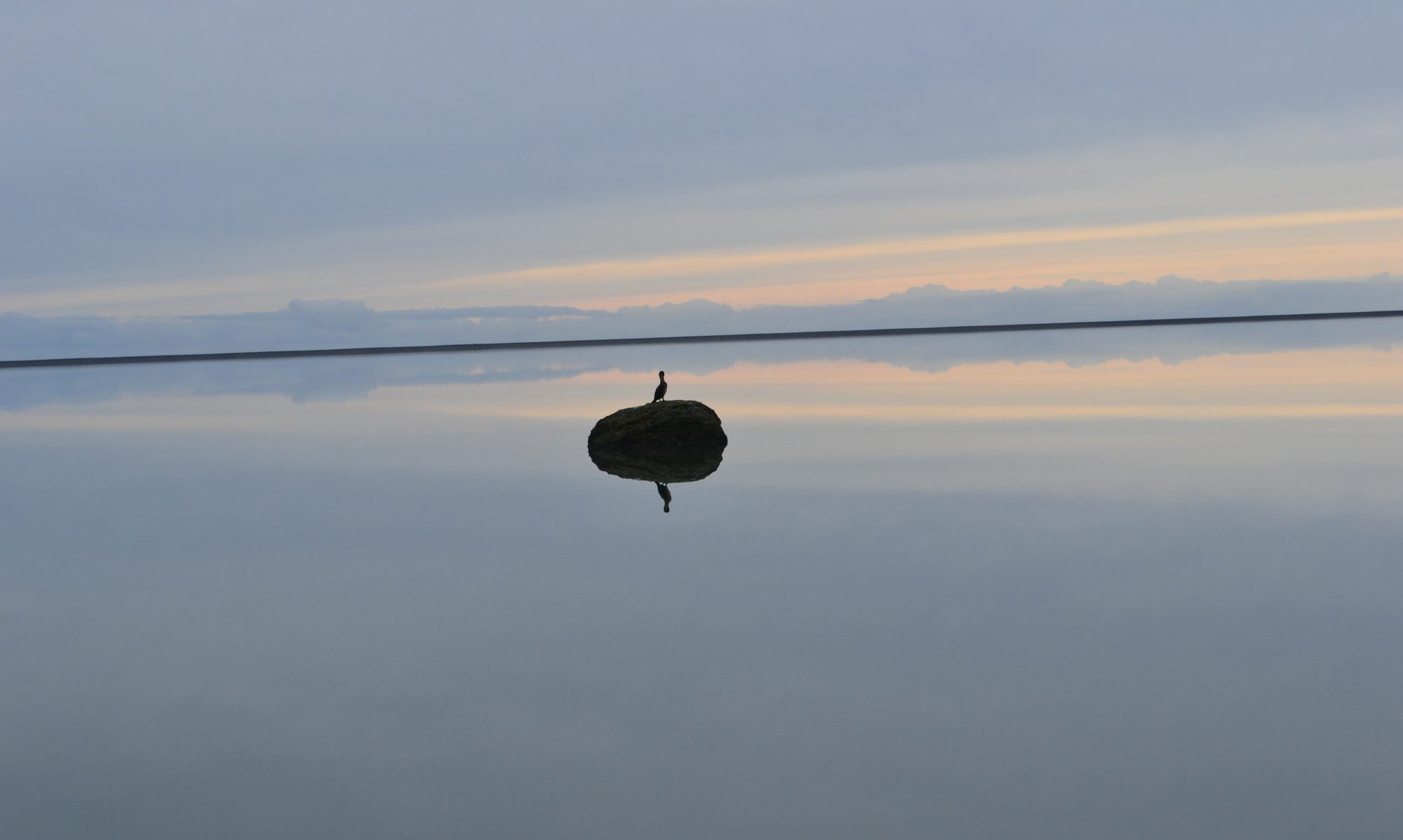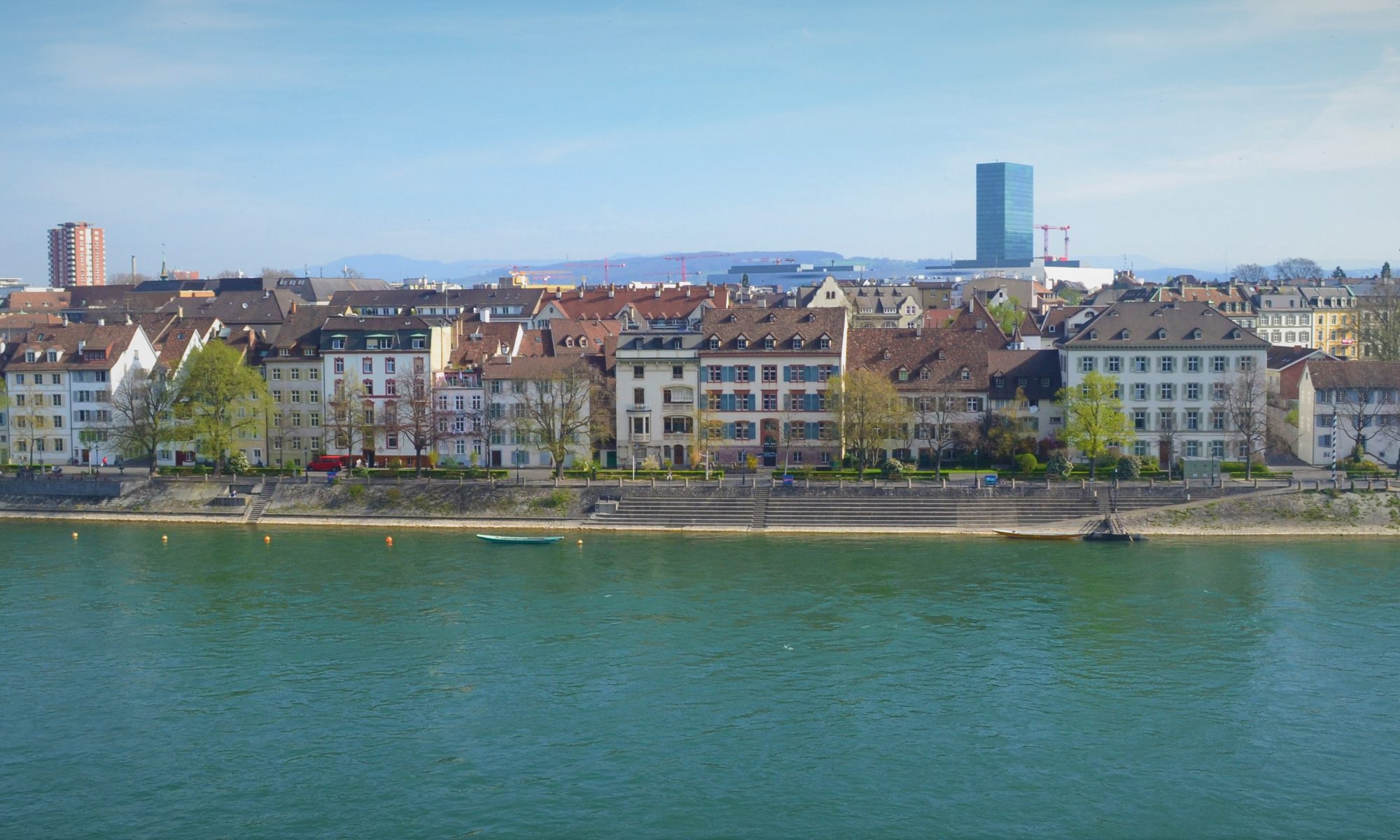This is the (much/slightly) anticipated part 2 of our trip to Switzerland blog in which we cover the history of Basel. It’s been quite a while since the last post so, if you want to get up to speed, you can read part 1 here.
When we’re starting out on a journey into a new city or area, I always like to try and find out a little bit about the history of the place to get an idea of what makes it tick and possibly, guide us into some interesting locations that we otherwise may not have found.
With Basel however, this proved remarkably difficult. Despite being at the heart of Europe and being situated on the border of three countries (two of whom, have been involved in more than one, fairly large war), Basel has barely registered on the world stage.
The city’s Wikipedia page provides a decent illustration of this distinct lack of activity. The ‘Modern History’ section, which details events since 1700(!?) contains precisely four sentences, one of which heralds the opening of Switzerland’s first zoo in 1874. The place could not have had less of an impact on the world if it had been constructed entirely of dark matter and put on Channel 5.
In fact, during my search for interesting information on Basel, I only managed to track down two, mildly exciting occurrences.
The first, which occurred in 1474, involves the trial, conviction and ultimately, the execution of a rooster on charges of witchcraft.
The rooster was allegedly found to have committed “the heinous and unnatural crime of laying an egg” and was therefore judged to be in league with the devil leading to its being burnt at the stake. As well as being the most tenuous excuse for a barbeque that there has ever been, it’s also the type of gross over-reaction normally reserved for the British media.

Although this seems preposterous today, animals being tried for crimes was actually quite common around this time in Europe. In one, wonderful case an inventive lawyer managed to get the charges dropped against his clients – the rats of the town of Autun – due to the fact that the rats would have to pass through an area heavy with cats in order to attend the trial. He even stated that the cats would be extra alert thanks to the high profile of the proceedings!
The second incident of note, coming 500 years later, was the discovery of LSD by chemist Albert Hofmann in April 1943. Hofmann discovered the mind-bending chemical by accident while working for Sandoz Laboratories and, having suffered mild effects after a spillage, decided that he would deliberately ingest a small amount three days later.
Hofmann started to feel the effects fair quickly as his notes from the day testify:
16:20: 0.5 cc of 1/2 promil aqueous solution of diethylamide tartrate orally=0.25mg tartrate. Taken diluted with about 10 cc water. Tasteless.
17:00: Beginning dizziness, feeling of anxiety, visual distortions, symptoms of paralysis, desire to laugh.
 18:00 : most severe crisis.
Having got himself into quite a state, he asked a lab assistant to help him cycle back to his home and what is now known as ‘Bicycle Day’ got it’s rather misleading name. The pair made their way across town on a meandering journey as Hofmann hallucinated wildly and his assistant desperately attempted to drag him to safety.

Hofmann continued to use LSD until his death at the age of 102 in 2008.
‘Bicycle Day’ is a quite beautiful example of the lack of interest that Basel has shown in the rest of the world and vice versa. While the rest of Europe was in the midst of an apocalyptic war, the citizens of Basel were tripping balls and blundering about the streets on push-bikes.
These two odd instances aside, the quiet history of Basel might suggest that it’s not an interesting place to visit. This assumption couldn’t be further from the truth.
In fact, unbothered by bombing raids and firestorms, the historic buildings of Basel have been preserved and stand strong among their more modern counterparts. The result is a city that holds the full spectrum of architecture, mixing the old and the new in an interesting and vibrant location that will easily fill a day or two of exploration.
In the next post, we’ll list a few of the most intriguing attractions and let you know which are too good to miss.

